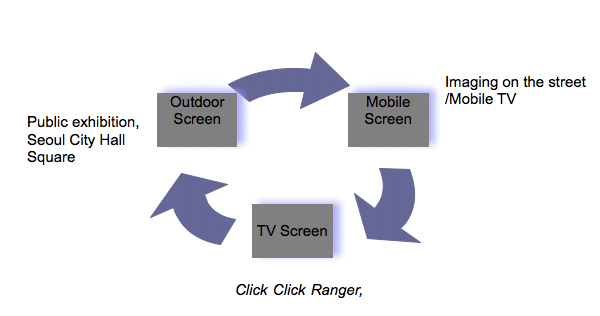Writing Between the Cracks: An Interview with Interfiction 2 Contributors
/This is the last installment in my series about the release of Interfictions 2. Today, I interview some of the authors who contributed short stories to the collection. Once again, the focus is on the complex and contradictory role of genre in contemporary popular fiction. (By the way, I am taking Friday off to spend time with my family so see you next week.) Do you consider yourself an interstitial artist?
Carlos Hernandez -- Definitely. I think there are two general impulses for the artist: the desire to innovate and the desire to communicate. Communication is vital, of course: art can't happen without it. But since communication requires a certain quorum of similarity between writer and reader -- e.g. a shared language -- it tends to be the more conservative impulse. Innovation, by contrast, is where genius lives. It is the only legitimate reason to make new art. Otherwise, we should all simply go and enjoy old art exclusively. For me, writers who cleave too closely to a genre -- and I would most definitely include "literary fiction" as a genre -- are favoring communication over innovation: to the point where they are neglecting the most important reason for this new art to exist.
Jeffrey Ford -- This has always been one of my problems with the term interstitial. I don't believe that artists are interstitial or not. I only believe that works of art can be interstitial. An artist should, of course, always be willing to go anywhere and do or say anything necessary for the creation of a work of art. Sometimes it's as daring to create something in a "traditional" structure and mode as it is to make something that could be labeled interstitial. Artists are artists -- sometimes their art is interstitial. Besides, it's the interaction of the materials and influences as they come together or play off each other in a work of art, not the artist. When artists operate in the marchland between genres or where media coincide it can be as lame and stale as traditional approaches to creation. I think there is great potential energy in these places, but if one were to strart out with the idea of, "OK, now I'm going to get interstitial." That's not following an idiosyncratic vision -- which for me, is what art's about. You shouldn't know something is going to be interstitial before it reveals itself.
Alaya Johnson -- I think I probably do a lot of work in interstitial spaces. I definitely see Jeff Ford's point, though, about it being tricky to identify the artist as interstitial, as opposed to the art. And to some extent, perhaps one could argue that all art is interstitial in some way. The difference might be that in more conventional work, the interstices are narrower gradations of sub (or sub-sub) genres. For example: a novel about chain-smoking biker elves who fight vampires is pretty unequivocally interstitial, but the genres it straddles are so commonplace and predictable that it wouldn't be particularly innovative. (And now I'm going to negate the forgoing entirely, and say that if you do something with enough intelligence and self-awareness, even the tritest plot line can be made into something innovative.)
What motivated your participation in this project?
Carlos Hernandez -- I had written a strange story that I loved, and I wasn't sure what to do with it. Cue the Interfictions II call for submissions. I nearly swooned for pleasure. The philosophy of the project was not only in line with this particular story's aesthetic, but with pretty much everything I believe about art. The arrival of that call in my life, just when I needed it: it's enough to make you believe in Flying Spaghetti Monsters.
ALAYA JOHNSON -- That's essentially what happened to me, too. I'd written a strange, fractured story I had a hard time finding a home for, and then I saw that Interfictions was doing a second anthology. I jumped with joy-- especially when they bought it!
Brian Slattery: Like Jeff, I'd written my story before I knew that Interfictions 2 was coming out, and I knew I liked it (which is unusual for me regarding my own stuff) but didn't know what to do with it, because I also knew that it was, well, kind of weird. Meanwhile, I'd read the first Interfictions collection and really enjoyed it; reading the stories, I had the sense that these were my people. So I was delighted to learn
that Interfictions 2 was happening, and of course I'm even more delighted to be a part of it.
Jeffrey Ford -- I'd written the story before I'd heard that there was going to be an interfictions 2 anthology. I made some cursory attempts to publish this story, but had no luck. It was too wacky. I liked it, though. I thought it had something going for it, so when I heard about Interfictions I gave it a shot. The fact that the editors of this anthology accepted it gave me great encouragment to believe in the fiction I feel a personal connection to, even if it is perceived as too different by others.
Do you see the interstitial as a way of cutting across genres or escaping them all together?
Carlos Hernandez -- I don't think we ever escape genre. Genre is deeper than what our publishing industry has defined for us. I can meaningfully oppose the "personal essay" to a work of journalism because we all recognize that the different ways each has of producing truth and beauty. But I can cut across those genres, remix them, mash them up: I can write gonzo journalism or creative nonfiction or a hundred different other flavors of nonfiction subgenres. And fiction is, and should be, even slipperier, because fiction always begins with the following premise: "What I am about to tell you is a l
ALAYA JOHNSON -- I'm with Carlos-- I don't think genre is something anyone can escape (even literary artists who pretend they don't work in one). It's very fundamental to how humans perceive the world, I think: categories and taxonomies are how we structure information. It's crucial to our creative process. I see the purpose of defining the cross-genre impulse as "interstitial" as largely one of pollination. Of getting out of the constantly rehashed and well-plowed ideas in our most comfortable categories and exploring how others see things. My story cross-pollinates with a great deal of non-fiction, mostly of the political, polemical variety. I could never have written that story four years ago, before I started reading that sort of work. I became so immersed in it that, eventually, that story became something that I not only could write, but felt utterly compelled to create.I realize that my answer to this question is annoying, but here goes.
Brian Slattery: First off, I don't have nearly enough of a sense of the breadth of
literature these days to make a sweeping generalization about any genre. And second, the question of genre seems more important to critics and marketing folks--who need them for very good reasons--but I'm not a critic or a marketing guy. From where I stand as a dude who writes stuff, the genres aren't really well-defined enough to be cut across or escaped. The borders are so fuzzy that they aren't really borders at all. In the past, I've used the analogy of genres as
neighborhoods in a city with no walls between them. But here's another one: If the genres were countries, they'd be sort of quasi-failed states. The capital cities might be under control, but the farther from the seat of government you get, the less governed (governable?) the territory becomes. And there are wide stretches of land that are disputed, argued over, but never claimed outright; no genre has the power to assert its dominion over the others.
I understand the idea of genre better when it comes to certain types of plot or plot devices, character archetypes, or certain styles of writing, but even in that case, if I'm writing something, I see genre choices more as tools in a toolbox than as a series of constraints that one must work to stay within or break out of. Which is probably why the label "interstitial" applies so well to what I do.
Jeffrey Ford -- Again, for me, the interstitial is not a method but only a product. I guess it can cut across genres. I don't really know enough about genre to know if it can be escaped. I know about it, and many would say I've worked in specific genres for years, but genre has many facets and secrets, and if you were to escape genre, would your work then be in the genre of works that escaped genre?
Have you worked in genre fiction previously? If so, what had been your experience?
Carlos Hernandez -- Yes, I've published several short stories in genre magazines and anthologies. But again, I think the question is tricky, since I think we are never outside of genre. The experience of writing genre fiction and of working with editors to publish my genre fiction have easily been the best writing experiences of my life. Never have I learned more, nor felt more like a writer doing honest work, than I have when working with an editor on a story. Also, let me add that genre editors are, to my mind, the best readers a body could ask for. They tend to be these prose-devouring polymaths who deal equally well in the nuances of art and the practicalities of production. It takes a kind of double-genius to do the job of editor well -- a genius of both left brain and right -- and I've been very lucky to meet and work with some of them.
ALAYA JOHNSON -- If by "in genre fiction" you mean, "outside of the literary genre" then yes, that's largely where I've found myself working. The tropes of fantasy (and, to a lesser extent, Science Fiction) speak to me most powerfully of all the various literary forms. Every once in a while, I contemplate stories that lie firmly in what we call "literary" but they never feel as compelling as the ones that cross more boundaries.
Brian Slattery: Yes. My first short story was published in Glimmer Train, and probably by anyone's generic definition, it was an example of straight-up
literary fiction. At the time, I had given myself the assignment of seeing if I could cram a typical literary fiction novel's story arc into the shortest story I could write. I have no idea if I succeeded,
but I was completely psyched that Glimmer Train's editors saw fit to publish the result, and am still grateful to them today.
When I finished my first book, though, I really had no idea what I had written. It was either a science-fiction novel with literary-fiction stylings, or a literary-fiction novel with lots of science-fictional elements in it, and I was in no position to make the call. So I figured I'd let someone else decide, and submitted it to a few different places. The feedback I got taught me a lot. The
literary-fiction people I talked to seemed to like the quality of the writing (which was nice), but were very confused by the plot, number of characters, and other things that science-fiction readers don't get thrown by. The science-fiction people, meanwhile, seemed to just like the book. So I figured that I'd written a science-fiction novel and didn't think all that much more about it. My second book came out as even more clearly science fiction, which delights me. But in the
future? Who knows?
Can we produce works which appeal to popular readers without falling into genre formulas?
Carlos Hernandez -- This is a deceptively difficult question, because it calls on action from both writers and readers. I feel that, in the United States at least, the media conglomerates and mega-bookstores that have taken over the publishing world have taught the American public to narrowly define genres and, more importantly, to narrowly enjoy works of specific genres. Readers now will often check the spine of a book to make sure it is of a genre they will enjoy -- "if it doesn't say 'mystery' on the spine, I won't like it, because it's not a mystery." I know people speak disparagingly of Oprah's Book Club, but c'mon people! She got millions of folks to read Beloved, which is not only one of the greatest books of the 20th century, but as interstitial a work of art as we could ask for. What's unfortunate is that it takes a decree from Oprah to give popular readers the confidence and motivation to try something outside of their comfort zone. So, solutions? 1) Get publishers and mega-bookstores to stop insisting on narrowly-defined genres (near-impossible); 2) Get Oprah to endorse a lot more interstitial art (not exactly a reliable method); 3) Get writers to keep trying to write innovative work that eschews pretension while at the same time challenges readers -- and hope for the best.
ALAYA JOHNSON -- I agree that the issue of connecting readers to fiction has a great deal more to do with the juggernaut of the industry behind books than the works actual readers might enjoy if they could find them. Why else, for example, would book stores ghettoize literature by black writers in the "African American" or "urban" section of the book store? Not necessarily because white readers won't buy these books, but because segregation is how the industry has constructed itself. I've had the experience of hunting through the Science Fiction section for a single Octavia Butler novel, finding none present, and eventually discovering them shelved next to True to the Game III or whatever in Urban Lit. In the latter example, the segregation is based on race, but it's the same principle that means those readers who enjoy Atwood's The Handmaid's Tale will never find Sherri Tepper's Grass without venturing into a completely different section of the bookstore. The ostensible reason for this segregation is that it makes it easier for readers to find works they like, but as in both examples, it also makes it harder for readers to find works they like. So, to answer your question, I don't think "genre formulas" are the culprit here so much as an industry that makes it financially and practically impossible to look outside your own genre.
What kind of emotional experience do you think your story offers readers?
Carlos Hernandez -- I picked up a term from a collection of medieval words and phrases called: "merry-go-sorry." That phrase encapsulates my entire philosophy in three words: life is merry-go-sorry-go-merry-go-sorry-go-etc. Round and round we go, from moment to moment -- life is bewildering, awful at times but also awe-ful, a relentless dogpile of bathos and pathos. So what do we make of it? What can we say about an existence like that? If my story offers any answers, they are emotional ones, because I take the word "fiction" very seriously. I lie like hell all the way through.
ALAYA JOHNSON -- I'm not sure, really. I suppose I would hope a cathartic one, because issues of grief, guilt, redemption and eventual catharsis seem to run through most of my work. But because I have constructed it in such a way that the reader has to really work to find the story inside, it's entirely possible that readers could find the experience of reading it rather emotionally cold or clinical. It's hard to tell how people will react to things, especially when I as a writer have very deliberately eschewed most of the techniques in the writer's arsenal for heightening pathos (the equivalent, in my mind, of sweeping strings and roiling storm clouds in, say, a Steven Spielberg movie).
What was the biggest challenge in writing interfiction?
Carlos Hernandez -- Writing a relatable story that in its own small way tries to innovate. In short, writing a story that's good.
ALAYA JOHNSON -- One of the purpose of genres, and taxonomies and categories in general, is that it provides an in-group/out-group structure. It, by virtue of exclusion, creates a community and a community creates a shared language. Many science fiction writers, for example, have had the experience of writing a story that is perfectly comprehensible to their in-group of SF readers, and utterly enigmatic to those familiar with other communities and literary languages. So the greatest challenge of truly interstitial writing, I'd argue, is that you both need to have mastered the various languages of the genres you want to straddle while making the foreign tropes comprehensible to all parties. Out of the labor of this communication, though, comes particularly gratifying rewards.
Carlos Hernandez is a writer and English professor living in New York City. He was the co-author of Abecedarium.
Jeffrey Ford's The Physiognomy won The World Fantasy Award for Best Novel for 1997 and was a New York Times Notable Book of the Year. Ford has since finished the other two books of the trilogy, Memoranda (99 NY Times Notable Book of the Year) and The Beyond (2001).
Alaya Dawn Johnson's novels include Racing the Dark and The Burning City, the first two installments of The Spirit Binders trilogy and the forthcoming Moonshine, a vampire saga set in the 1920s.
Brian Slattery's novels include Liberation: Being the Adventures of the Slick Six After the Collapse of the United States of America and Spaceman Blues: A Love Song .

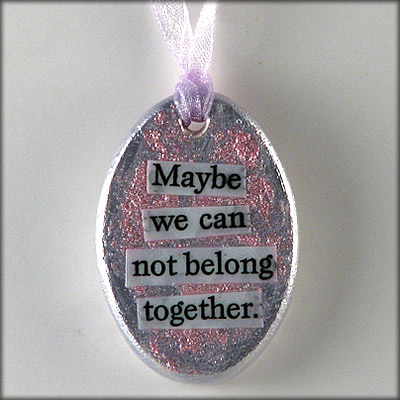

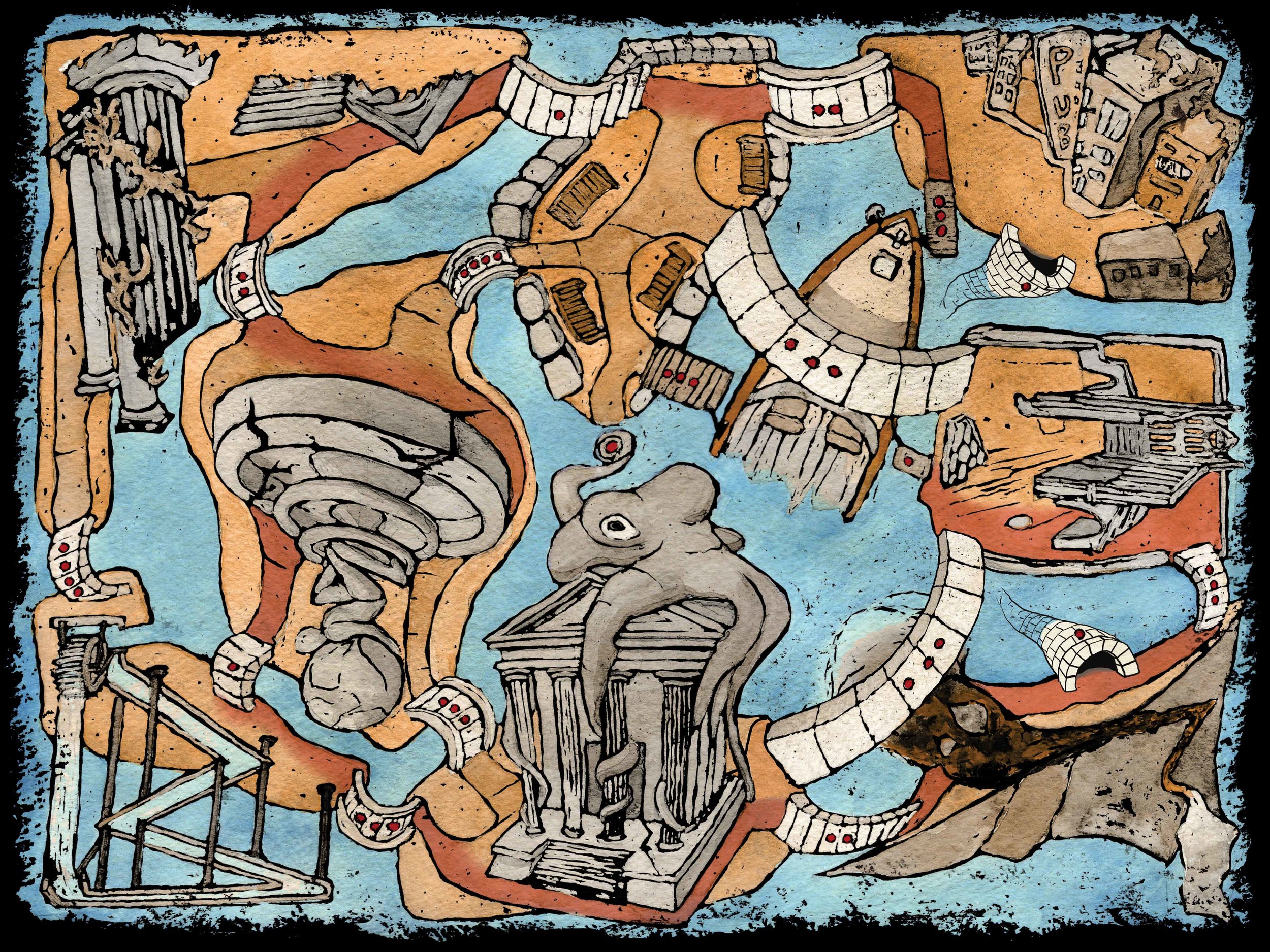
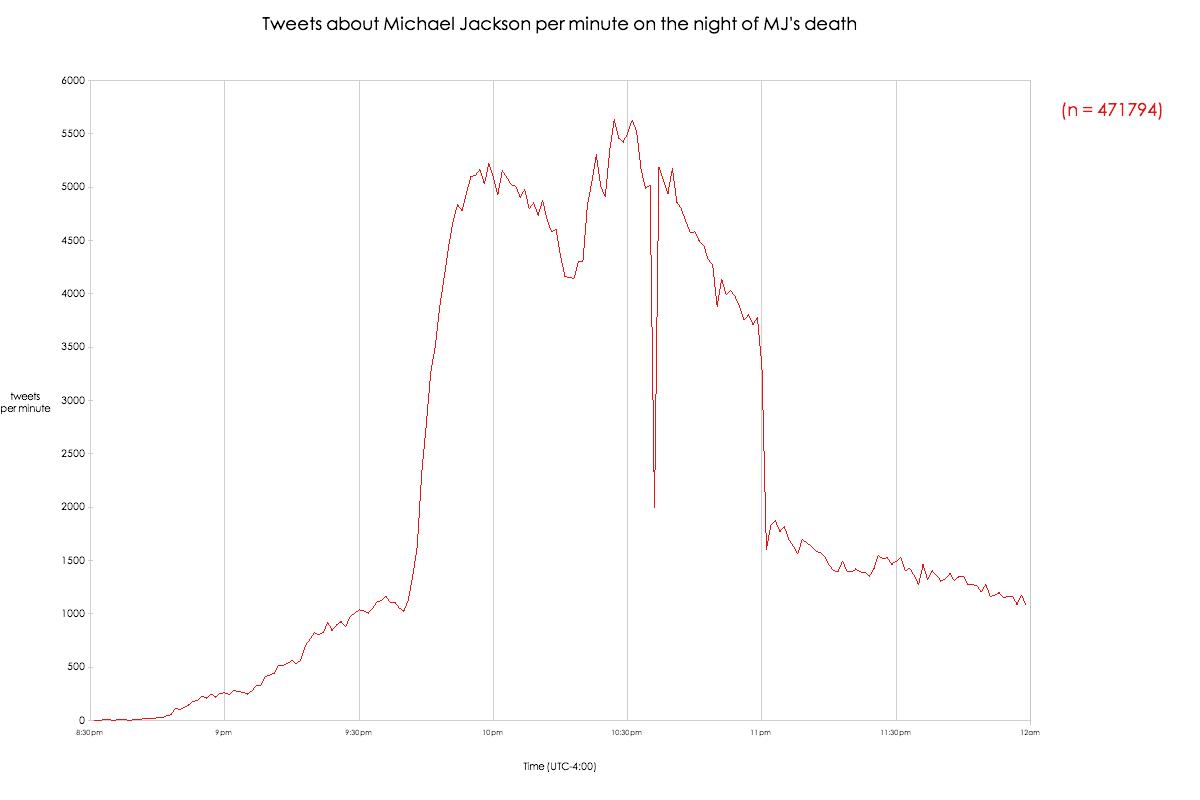
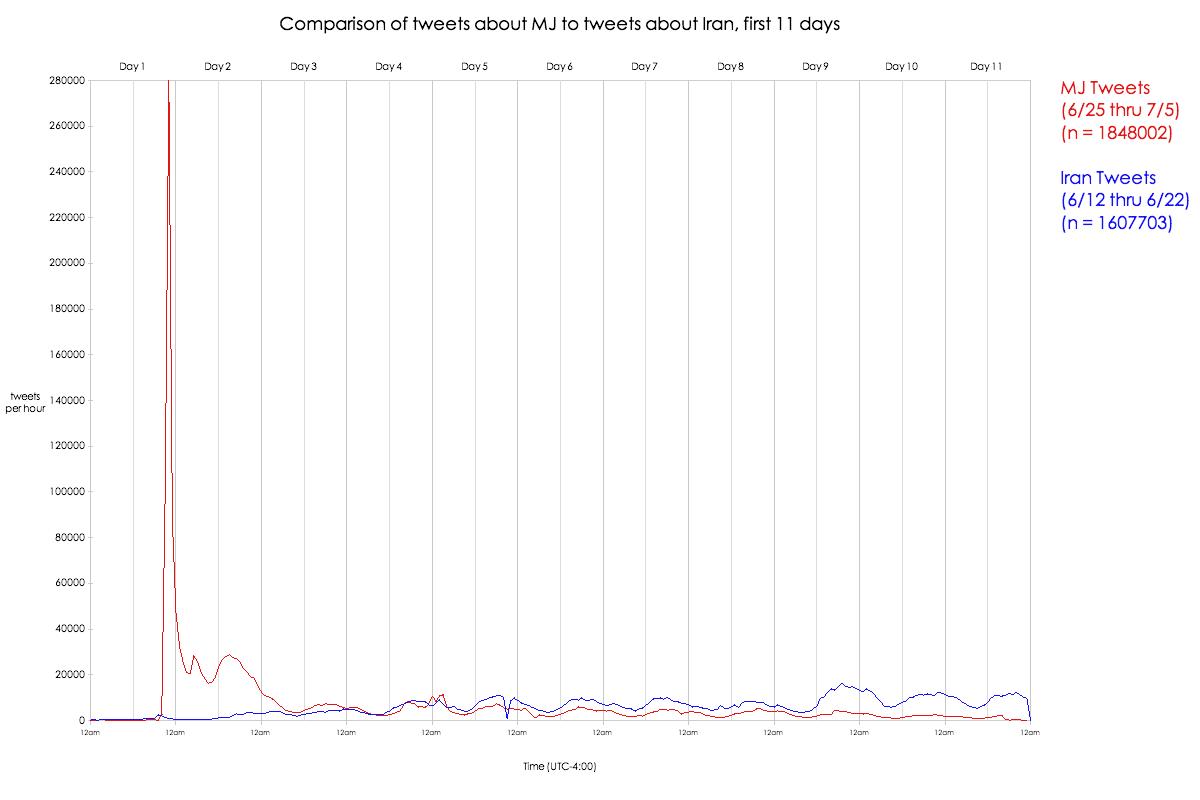
![Reblog this post [with Zemanta]](http://img.zemanta.com/reblog_e.png?x-id=9074b37f-9b36-4617-9945-60ace90a179b)
